Green with purple broad beans, often referred to as “fava beans” (Vicia faba), are a unique variety of broad beans that are distinguished by their color. Typically, broad beans are green, but some cultivars have purple or reddish-purple markings or streaks, particularly on the pods or beans themselves.
Here are some key details:
1. Appearance:
– The beans are usually green when immature, but they may have purple spots or streaks, especially as they mature.
– The pods can also sometimes have a purple hue or streaking, adding to the distinctive look of the plant.
2. Cultivars:
– One well-known variety is the ‘Purple Queen’ broad bean, which has pods that turn purple when mature, with green beans inside.
– Another is ‘Bobby’, a variety of broad bean that features reddish-purple beans with a greenish tint.
3. Taste and Texture:
– Green broad beans have a creamy texture when cooked, and their flavor is often described as earthy, slightly sweet, and nutty.
– The presence of purple in the beans or pods doesn’t significantly alter the flavor, but it may offer a slightly different texture depending on how ripe the beans are when harvested.
4. Growing Conditions:
– Like other broad beans, they grow well in cooler climates, with a preference for well-drained, fertile soil.
– They can be grown as early-season crops, often planted in the fall for a spring harvest or in early spring.
5. Nutritional Benefits:
– Broad beans are highly nutritious, offering protein, fiber, vitamins (especially folate and vitamin K), and minerals such as iron, magnesium, and potassium.
– They are often used in Mediterranean, Middle Eastern, and South Asian cuisines.
6. Culinary Uses:
– These beans can be cooked in a variety of ways: steamed, boiled, or sautéed, and are often used in soups, stews, or salads.
– They can also be mashed or pureed to make spreads or dips, such as fava bean dip or broad bean hummus.
7. Health Considerations:
– While fava beans are nutritious, they contain vicine and convicine, compounds that can trigger an immune response in individuals with favism, a hereditary condition affecting red blood cells.







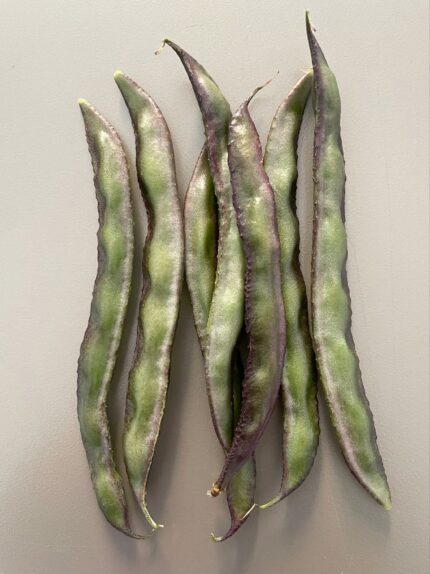
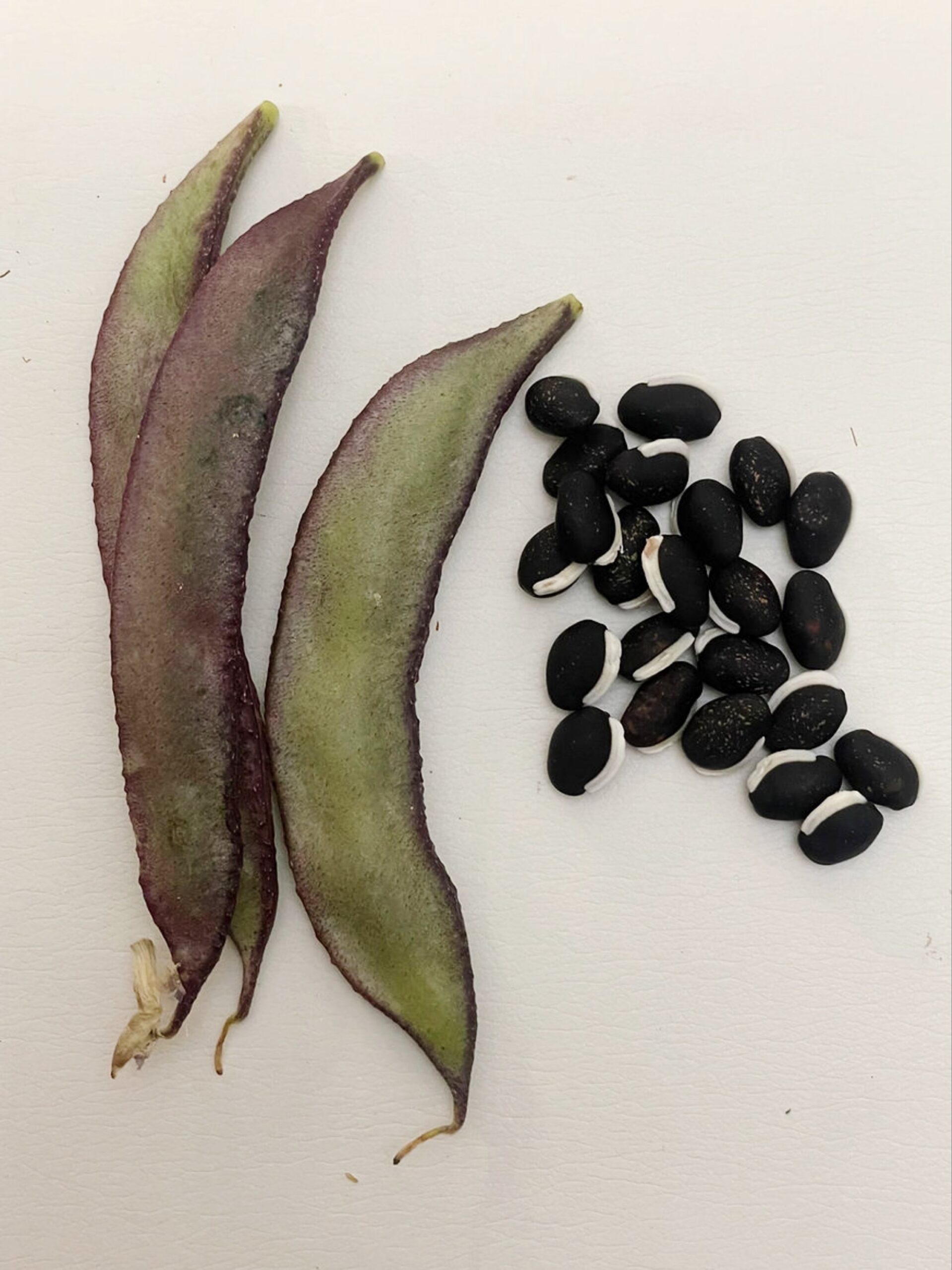
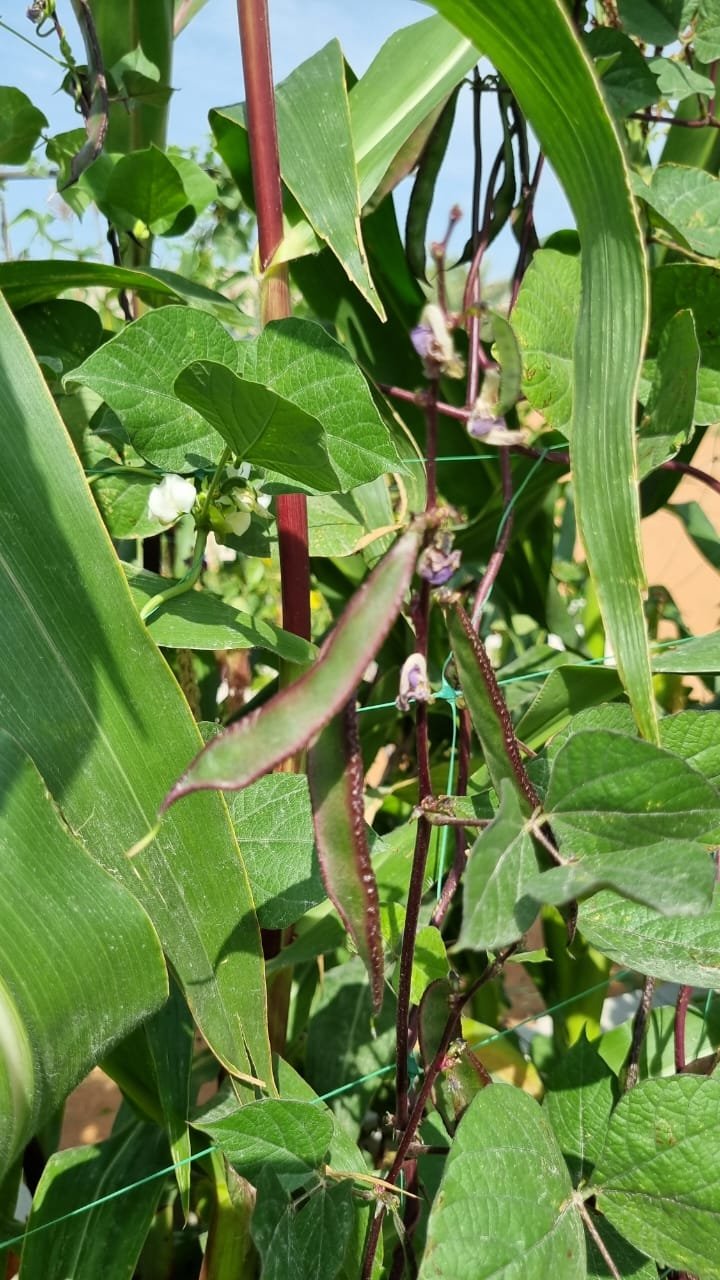
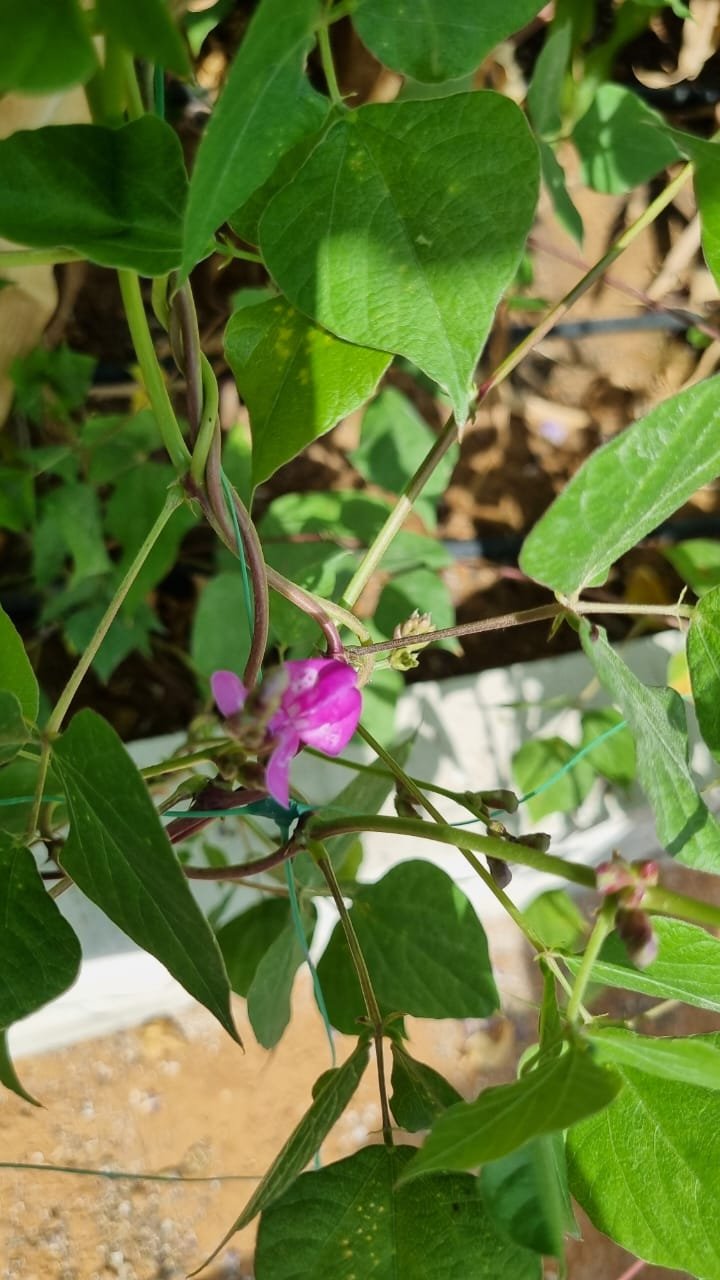
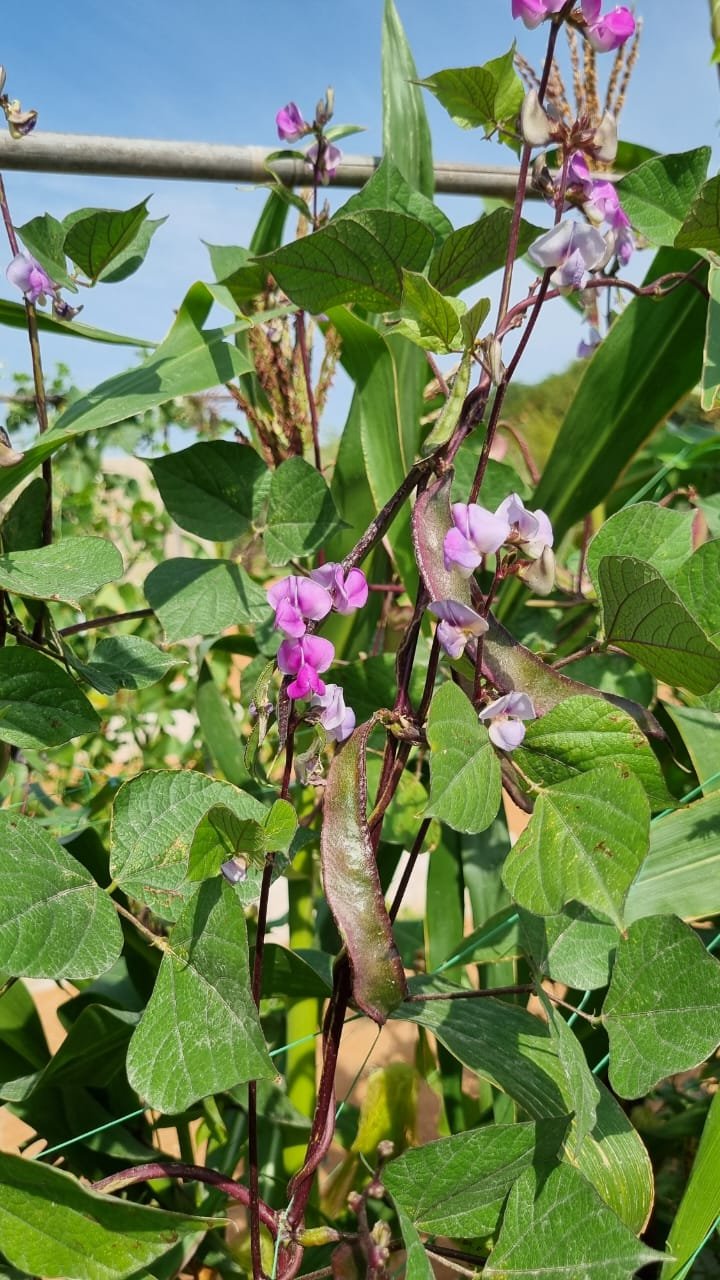

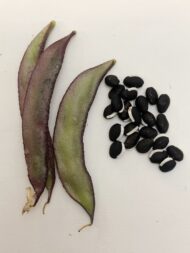
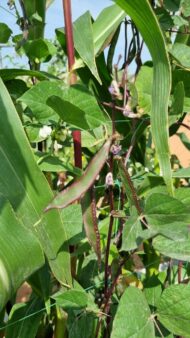
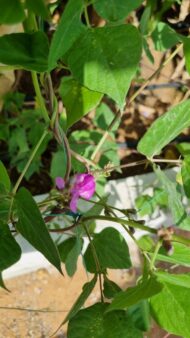
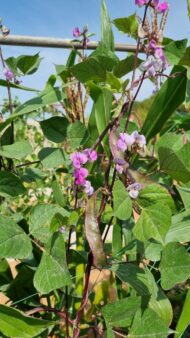

Reviews
Clear filtersThere are no reviews yet.